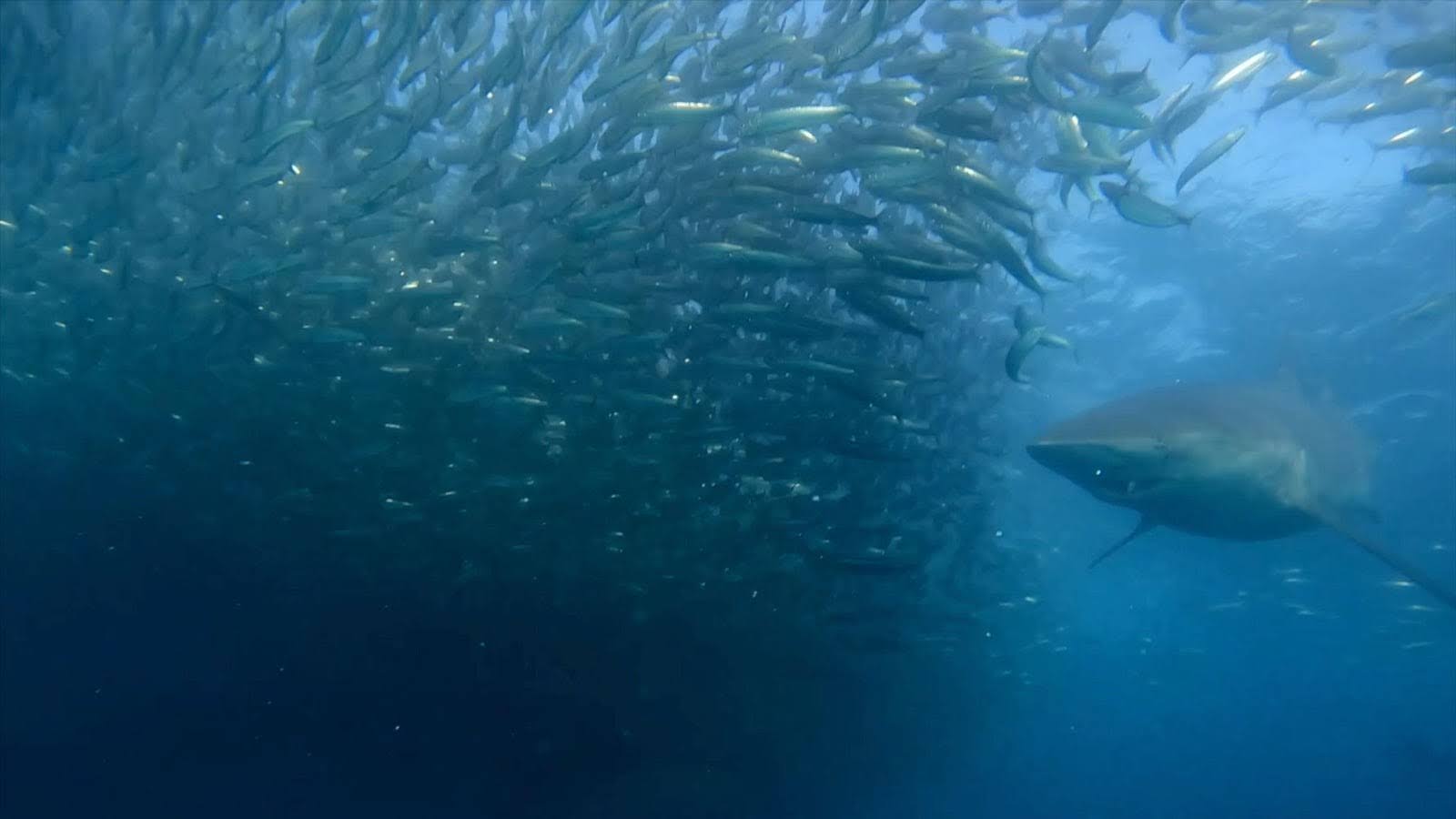Looking to impress your friends with your quick and accurate identification of tropical fish?
In this article, you’ll learn the basics of identifying tropical fish while scuba diving, so you can categorize the fish you see into family groups.
Most of the time, when people think of scuba diving, the image that comes to mind is of a tropical coral reef. It’s the quintessential scuba diving destination, and for good reason. In addition to the stunning colors and otherworldly formations of the corals themselves, tropical coral reefs are home to more than 4000 unique species of breathtaking tropical fish, ranging from the familiar striped silhouette of the emperor angelfish to the truly unusual beaks and bright colors of the parrotfish.
All of this biodiversity is of course one of the great joys of reef diving, as well as a key contributor to one of the most beautiful and important ecosystems in the world’s oceans. However, for divers, it can also be a source of major headaches, as it can feel impossible to learn to identify anywhere close to 400 species of tropical reef dwellers, let alone 4000. Especially in a marine environment, where you might only catch a glimpse of a fish for half a second, or less, how are you supposed to identify the fish you see, or describe them to friends and other divers back on dry land?
While it is theoretically possible to learn to identify all 4000 tropical reef fish on sight, it requires, frankly, spending more time diving and studying than most people have in their lifetimes. Instead, it’s easier to learn to identify the defining characteristics of nine major groupings of reef-dwelling fish. That way, even if you can’t identify exactly what you saw, you’ll have the language to identify it, and a starting place for research if you want to try to narrow down a particularly stunning or mysterious species. Read on to learn about nine of the most common types of tropical reef dwellers, their identifying characteristics, and some of the members you should keep an eye out for the next time you’re lucky enough to dive at a tropical reef.
Angelfish, Butterflyfish, and Surgeonfish
Marine angelfish should not be confused with the freshwater angelfish with the same common name, to whom they are not related. They actually aren’t closely related to butterflyfish or surgeonfish, either, but we’ve grouped them here because of their similar appearances. All three are identifiable by their thin, roundish bodies, small mouths, and bright colors, says David Thomas from Everything Fishkeeping. Butterflyfish are small, with narrow snouts, while angelfish are famous for the distinctive silhouette of their long, tapering dorsal fins. Surgeonfish, like blue and yellow tangs, are larger than either and noted for their sharp, painful scales.
Chromis
Chromis is a genus of small, brightly colored fish, many of which are popular in home aquariums for their hardiness and visual appeal. They are distinguished by their oblong bodies, bright colors, and rapid movement. One of the largest subgroups within the genus are the damselfish, although this term can also refer to similar fish in different genera. Damselfish are some of the smallest fish on the reef, not reaching more than a foot in length. They share the same visual characteristics as the rest of their genus, but can be distinguished by their more aggressive behavior.
Eels
You probably already have an image in your head of what an eel looks like, and you’re probably not wrong. It’s easy to recognize the over 800 species of these snaky fish by their long, thin bodies (ranging from two inches to 13 feet!) and lack of pectoral fins. Eels can swim forwards or backwards by waving their bodies, again like a snake. Interestingly, perhaps the most famous species of eel, the electric eel, isn’t actually an eel at all, but a similarly-shaped member of an entirely different family more closely related to catfish.
Flounders, Scorpionfish, and Frogfish
This group of sneaky, camouflage-savvy bottom-dwellers might be hard to spot, precisely because of the same characteristics that make them unique. Flounder are wide and thin and disguise themselves by laying flat on the ocean floor, which is why both of their eyes are usually on the same side of their bodies. Instead of looking like the sand, scorpionfish and frogfish attempt to look like the reef, and have strange, lumpy bodies that they move very little in their efforts to lure in and ambush prey.
Jacks, Barracuda, Porgy, and Chubs
These four groups of fish aren’t closely related, but they are easily confused, all having silver bodies, forked tails, and predatory behaviors. Jacks have a rounded forehead and flat face, while barracuda have long snouts and frighteningly prominent teeth. Porgies and chubs are the most easily misidentified, since they both have oblong bodies and similar coloring. Porgies, like the sheepshead, are distinguished by their human-like molars and presence lower in the water column, where chubs favor the top.
Serranids
This family includes two common and very distinctive reef fish, the groupers and the sea basses. Groupers are noted mostly for their potentially massive size, with some, like the Atlantic goliath grouper, reportedly reaching up to eight feet in length and almost 900 pounds. Most groupers you’ll see on the reef will be much smaller, but will still have the characteristic wide mouth and heavy lips that they use for crushing, rather than chewing, their prey. Sea basses are neither as large nor as distinctive, with longer bodies, smaller mouths, and darker colors.
Sharks and Rays
Sharks and rays are fairly distinctive, and most people have at least a vague idea of what they look like. We’ve grouped them together here because they’re fairly closely related, occupying the same subclass of jawed cartilaginous fishes, along with skates and sawfish. Rays, of course, at flat and floppy, and they have a unique way of moving through the water by flapping their wide pectoral fins. If you’re lucky, you might spot a giant reef manta, the second-largest species of ray in the world, reaching widths of up to 18 feet. As for sharks, you can recognize them by their characteristic back-and-forth tail movement and, of course, the sharply defined dorsal fin that Steven Spielberg made (in)famous. If you do see one, though, don’t panic! Unless you’re a seal, you have very little to worry about.
Wrasse
Wrasse is a large family of bottom-dwelling fish, found in shallow tropical and subtropical waters around the world. For marine biologists, these fish are most notable for their thick, prehensile lips and highly mobile jaw structures. For most people, their bright colors and loud patterns are probably more distinctive, as is the way they move, relying heavily on their pectoral fins. One of the most notable types of wrasses, the parrotfish, are distinguished by the beak-shaped mouths and bright colors that give them their names.
Snappers
The family of snappers includes more than 100 species of fish, most of them ocean-dwelling carnivores. They are relatively large for reef fish, usually reaching about three feet in length; their fast growth rate is one of the reasons they’ve never caught on as an aquarium fish, despite their brightly striped bodies. You can recognize a snapper by its sloped forehead and prominent, upturned mouth and teeth.
This list is hardly exhaustive, or even complete, but hopefully it will give you a good place to start in exploring coral reefs and identifying at least some of the beautiful creatures that call them home.




